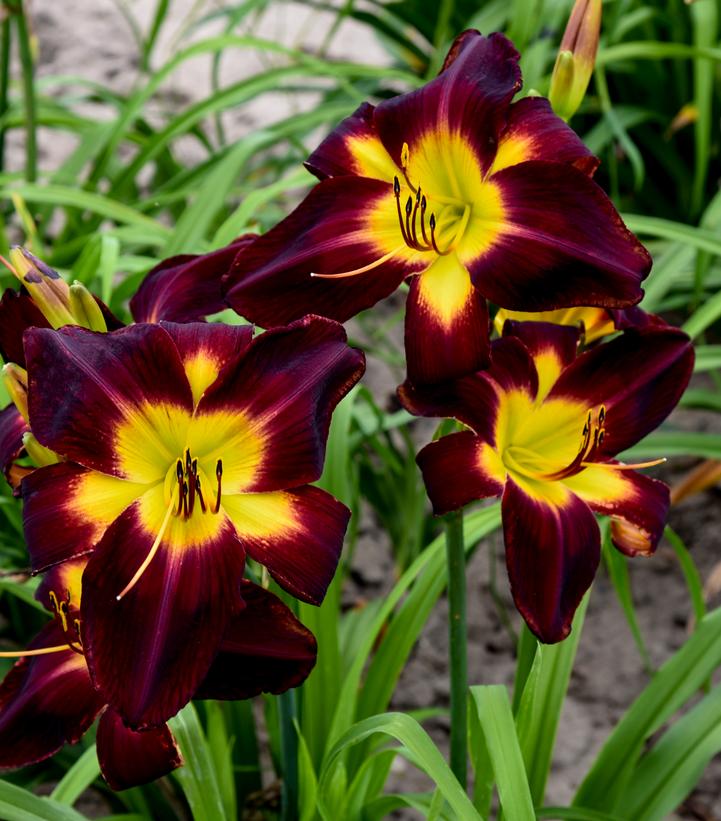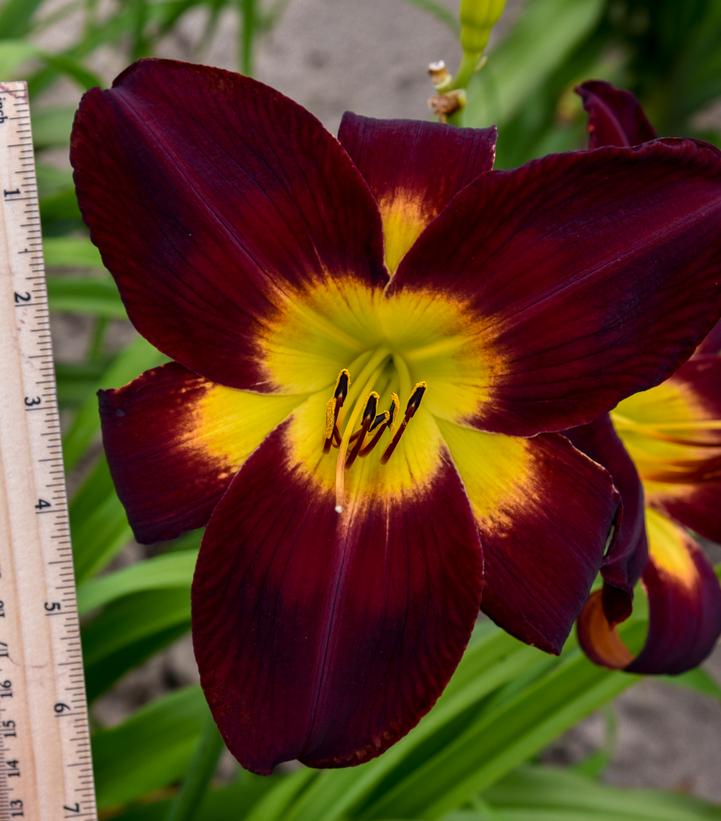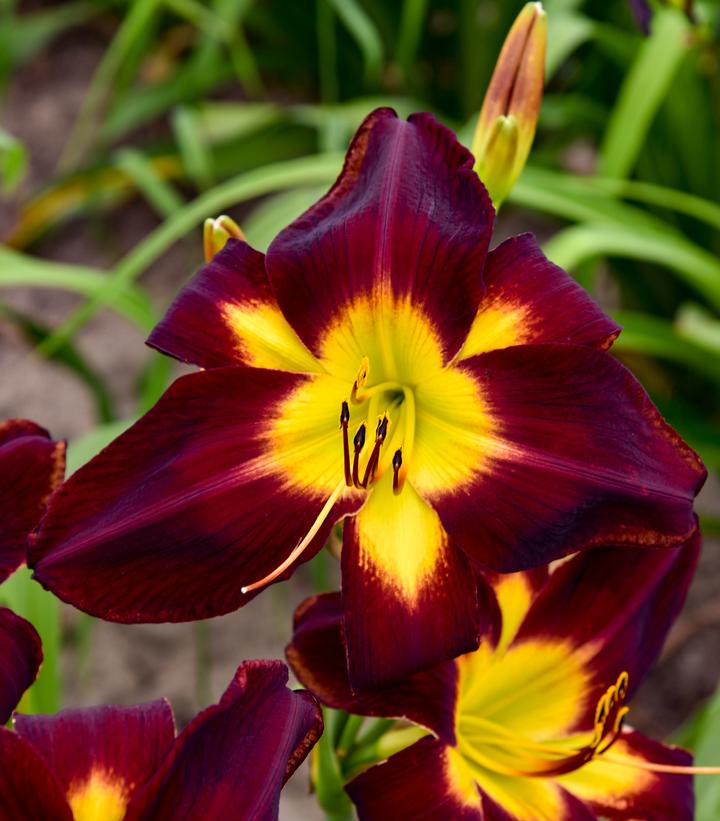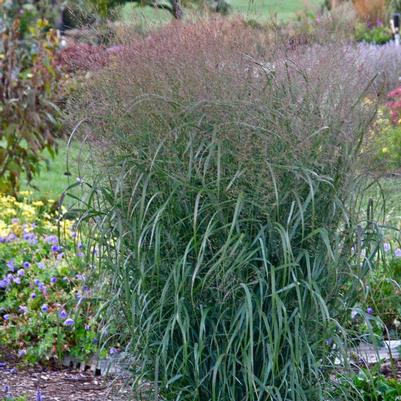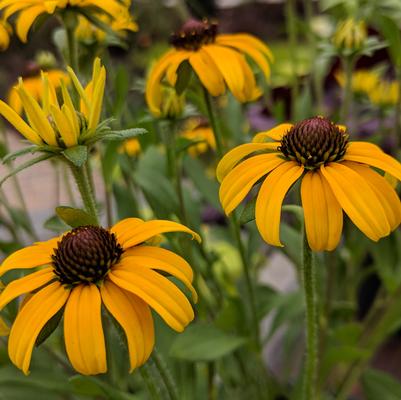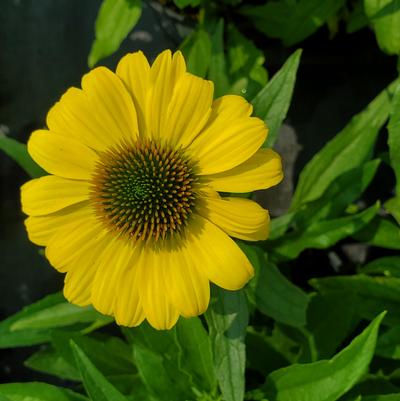« Previous Plant | Next Plant »
Hemerocallis RAINBOW RHYTHM® 'Persian Ruby'
daylily
- » Blooms early midseason in early July
- » Deep purplish red color
- » High bud count
- » Survives harsh conditions
- » Rabbit resistant
- » Good plant option for erosion control

- Category:Perennial
- Breeder:Proven Winners
- Hardiness Zone:3-9
- Height:2-3 ft
- Spread:1-2 ft
- Bloom Color: Purple Shades, Red Shades
- Foliage Color: Green Shades
An easily recognizable daylily that's a must-have for your garden! Deep purplish red, spoon-shaped flowers are massive – nearly 8" across. The large green throat is a nice contrast to the dark petals. Compared to the popular 'Ruby Spider', flowers are more purple in color. 'Persian Ruby' demands attention when it explodes with flowers in midsummer thanks to its high bud count. Daylilies can survive many harsh conditions that other plants cannot including: polluted city environments, slopes, poor and dry soils, near pavement that is salted in winter, and under Black Walnut trees (not affected by juglone).
Foliage Color
| • | Green |
Critter Resistance
| • | Rabbit Resistant |
Programs
| • | Proven Winners |
Season of Interest (Flowering)
| • | Early Summer |
Growing & Maintenance Tips for Hemerocallis RAINBOW RHYTHM® 'Persian Ruby'
Daylilies are some of the easiest perennials to grow and are a good choice for any gardener, from the beginner to the professional. These are tough, adaptable plants that will grow in any soil, from normal to slightly wet to dry. Older varieties are able to bloom if planted in partial shade, but most of the newer introductions need full sun for best performance. Likewise, older varieties tend to spread more rapidly than the newer hybrids.
Plants should be deadheaded for cosmetic purposes, but in most cases this will not extend the bloom time.
